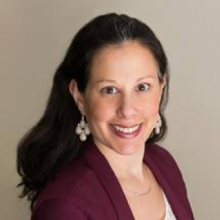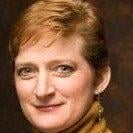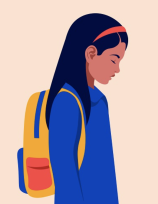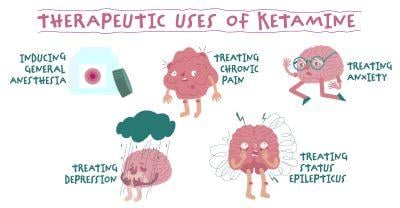Helping Children Face Their Worries and Fears: Tips from Two Psychologists
Helping Children Face Their Worries and Fears: Tips from Two Psychologists
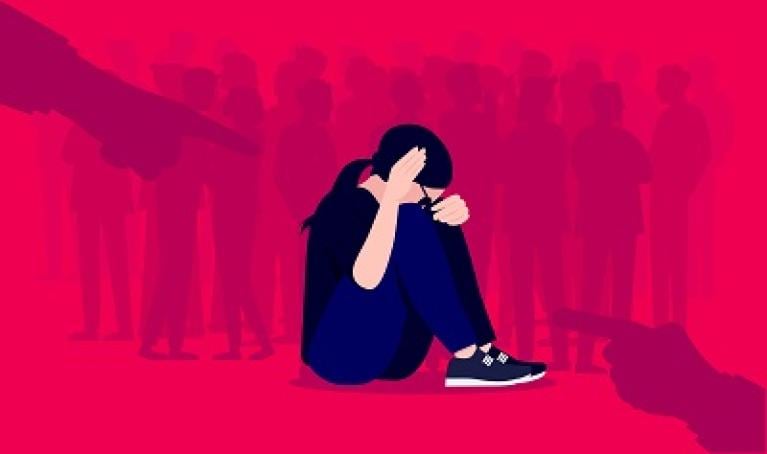
As parents we don’t like or want to see our children struggling. But worries, fears and anxieties are a natural part of life, and we have to understand that children go through these processes just like adults do. But as parents and caregivers, we should also be in tune with the degree, severity, frequency, and nature of our children’s fears and worries and know when a child might need some help.
Help can look like a lot of things. It can be just talking to your child, allowing a space for the child to express their concerns or feel comfortable and supported without fear of being judged, disciplined, or punished. More serious anxiety might require therapy or evidence-based treatments like exposure therapy but one of the first and most important things a parent or caregiver can do to help a child with anxiety is to be there for them.
Two ADAA Member Answered Key Questions
ADAA’s webinar Helping Your Child Face Their Fears and Worries allowed parents, caregivers, teachers, counselors, and other members of the audience to pose some interesting and important questions about when to worry about a child’s worries and how to help them through their fears and anxieties. ADAA members and child psychologists Lynne Siqueland, PhD, and Rachel Busman, PsyD, discussed a range of topics including overcoming school refusal, nightmares, bullying, avoiding bedtime, advice for concerned grandparents, and puberty.
Key Questions Asked Included:
- What is a normal worry versus a more serious concern?
- When should a parent intervene?
- How should a parent or caregiver approach an overly anxious child?
- Why it’s important to help kids work through their worries and anxieties rather than avoid them.
Drs. Siqueland and Busman highlighted the importance of engaging with our children.
What to Do and What Not to Do When Your Child is Worried
Important takeaways from the presenters included using developmentally appropriate language and behavior when talking to children about their anxieties, not rushing to solve the problem but rather discussing it, not judging, or shaming, and encouraging them to be ok with the anxiety and trying to push through it. Taking an active approach and facing fears (through exposures) is the preferred approach and caregivers are in a good place to support this.
“Usually, the child finds that the situation is less difficult than they anticipated,” Dr. Siqueland relates in the webinar, “We want them to understand that it will be ok even if they remain anxious in the moment but that they were able to cope with and tolerate being anxious.”
Dr. Busman reiterates the importance of not using counterproductive delaying tactics. “I try to have the child separate how they feel in the moment from the action they do or don’t do,” she says in the webinar, giving an example of a child not getting on a bus one day because of a nervous stomach but then getting on the bus another day when they feel ok and making inaccurate connections in their mind.
Tips for How to Help Children with Anxiety
- Strategies and suggestions offered in the webinar for helping children whose anxiety interferes with their daily lives were:
- Do not use force; rather, use positive reinforcements to help an anxious child (e.g. rewards for facing fears)
- Identify a trigger or the nature of the fear – for example a fear of vomiting be related to worries about what others might think if the child vomited versus fear of the vomit itself
- Reiterate that being uncomfortable is ok; avoidance makes anxiety grow
- If an anxious behavior (hair twirling, making certain noises, nail biting, etc.) is not hurtful or dangerous and doesn’t bother the child as much as it does the parent, try to ignore it
- Validate the child’s feelings and concerns.
- Be curious: ask open-ended questions and show your concern and willingness to take the child’s lead.
- Seek professional help if needed, especially if the child asks for it.
Learn more – watch the free webinar: Helping Your Child Face Their Fears and Worries
